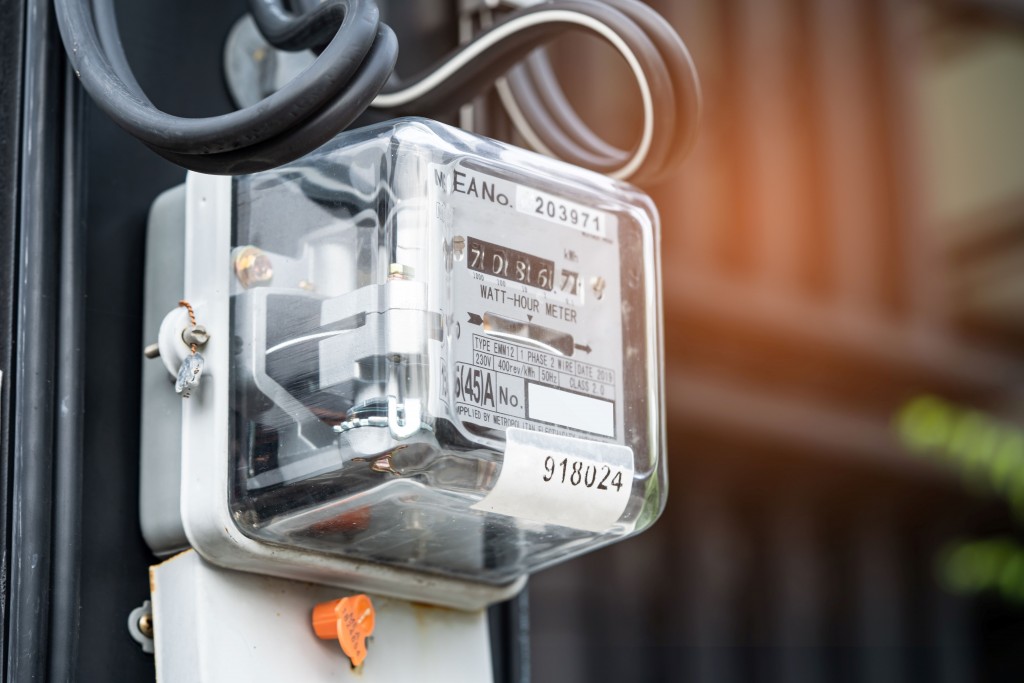Water and electricity must be flowing, say courts
Why are buyers being delivered purportedly completed houses that cannot be occupied because there is no actual supply of running water and electricity? This delivery of vacant possession (VP), under the Housing Development (Control and Licensing) Act 1966, has been a perennial poser for purchasers.
Under the Act, read together with the Housing Development (Control and Licensing) Regulations 1989, developers are supposed to deliver completed properties to purchasers with water and electricity ready for connection.
Some irresponsible housing developers contend that their job is done as soon as the sub-stations are commissioned and that the water and electricity supply to the individual units is beyond their control.
Without water and electricity, the home owners cannot possibly move in. The property is inhabitable. The agony of waiting to occupy their property continues even after paying the deposits to the utility providers.
Actual supply must be available
In the Shah Alam High Court decision of Bandar Eco-Setia Sdn Bhd v Tribunal Tuntutan Pembeli Rumah & 2 Ors [2020] 1 LNS 778, the issue of ready for connection was eloquently expressed by Justice Wong Kian Kheong. The decision is a precedent that dealt with the interpretation of the need to provide an actual supply of water and electricity to a completed house in the delivery of vacant possession since the introduction of HDR 1989.
Although the decision was based on the Sale and Purchase Agreement (SPA) prescribed in Schedule I, it is equally applicable to Schedule G for land and building and Schedule H & J for building and land intended for subdivision into parcels.
This was a case where two people jointly purchased a double-storey semi-detached house from the developer. They filed a claim at the Tribunal for Home Buyers Claims for liquidated damage for breach of SPA conditions when they realised there was no actual supply of water and electricity after collecting the keys.
They claimed that the developer was obliged to deliver vacant possession (VP) with an actual supply of water and electricity within the prescribed period of 24 months, failing which the delivery is invalid.
The developer argued they were only required under Clause 21(1) of the SPA to apply for the internal connection of water and electricity from the house to the mains, and there was no time frame to do so. Hence they were not obliged to provide an actual supply of water and electricity within 24 months.
The tribunal decided in favour of the purchasers. Aggrieved by the decision, the developer applied for judicial review at the High Court.
Ready for connection argued
The SPA in contention was a Schedule I contract based on the Build Then Sell (BTS) mode of payment.
The main clauses argued were:
- Clause 26(1)(b) states that the developer shall let the purchaser into possession upon the issuance of a certificate of completion and water and electricity are ready for connection to the building; and
- Definition of ready for connection in Clause 1(f) of the SPA, which “… means electrical points and water fittings and fixtures in the building have been installed by the developer and supply is available”.
A literal interpretation of the relevant clauses was sufficient to convince the court that the actual supply of water and electricity was an integral part of the delivery of VP and therefore it is incumbent on the developer to ensure that the supply is provided.
The presiding judge gave the following reasons for his decision:
- If a developer is not bound by the relevant clauses to ensure the actual supply of water and electricity when delivering VP within the 24-month period, then it will be detrimental to the purchasers and contrary to the objectives of HDA 1966 and HDR 1989 as explained in Ang Ming Lee & Ors v Menteri Kesejahteraan Bandar & others (2020).
- In that case, Chief Justice of Malaysia Tun Tengku Maimum Tuan Mat emphasised that HDA 1966 was a social legislation designed to protect house buyers. Thus, the interests of purchasers shall be paramount against the interests of developers.
- It is clearly unjust to purchasers who have fulfilled all their obligations to the developer if they cannot move in because there is no water and electricity; and
- It is clear that developers must ensure there is actual water and electricity supply when delivering VP.
What does this mean to purchasers?
The decision serves to clarify the requirement on utility supplies under Clause 26(1) and that the actual supply of water and electricity, with the connection of metres, is an essential part when delivering VP. This has been the legitimate expectation following the introduction of HDR 1989.
More importantly, it allows purchasers to claim for liquidated damages for the period after the expiry of the 24 months (Schedule G & I) or 36 months (Schedule H) till the water and power supplies are ready.
Errant developers forewarned
Housing developers, including state economic agencies, are forewarned. Don’t make purchasers/ customers queue up at TNB and Syabas offices for connection of water and electricity after taking their keys.
The courts have made it clear that house buyers expect the following:
- Water supply: water flows when the tap is turned on.
- Electricity supply: the bulb lights up when switched on.
This article is jointly written by National House Buyers Association honorary secretary-general Datuk Chang Kim Loong and technical advisor YS Ng. To contact HBA, e-mail info@hba.org.my.
Source: StarProperty.my


















POST YOUR COMMENTS